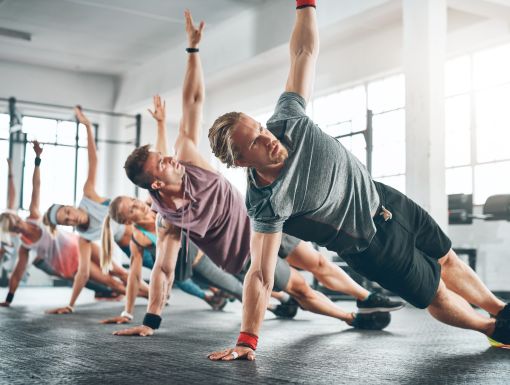
Is Running Outside or on a Treadmill Better?
As the weather warms and road races are cropping back on schedules, many people will be lacing up sneakers and turning to running for exercise and to achieve fitness goals.
But there is clearly more than one way to optimize this timeless path to fitness. You can run outside on the levee or fire up the treadmill in the guest bedroom. You can also head to a gym that has an indoor track. And there are pros and cons to all these options to get your heart rate thumping and the miles under foot.
Let’s look at a few benefits to each.
One clear benefit to the treadmill or indoor track is a controlled climate. If Louisiana has fired up a spring thunderstorm right as you are about to train outside or it’s so hot that heat injury is a risk, it’s an advantage to have an indoor option.
Treadmill running can be done at any time. It can help you learn to pace yourself and will keep track of your mileage, speed, and calories burned without wearing a smart watch. A treadmill is also less taxing on your joints due to the lower impact of a soft belt versus the concrete of outdoor running.
There is also a consistency to the path, which reduces the risk of injuries from sidewalk or path holes, breaks, or pedestrians blocking the way.
But there’s more to consistency. With the treadmill, you have an even, soft and consistent surface that keeps your joints and muscles balanced. Outside, if you are running the same side of the street, for example, you will have uneven forces going up the kinetic chain. Over time, this can lead to muscular imbalances, overuse injuries and chronic pain.
Likewise, the indoor track provides a constant climate and even path. It’s important to make sure you vary directions with indoor track running for the same reasons you wouldn’t want to run on the same side of the street everyday. That kinetic chain monotony can wreak havoc on your muscles and joints.
But the benefits of running on an indoor track vs. a treadmill is you get the controlled climate, the even running surface, and you are actually moving forward with each stride, the same way you will on race day.
Outdoors running, on the other hand, can be joyful and filled with all the sights and sounds of nature as you exercise. Just being outside can lift spirits and make your workout special.
Beginning your training in early spring allows your body to adjust to the rising temperatures in our area as late spring and early summer bring the heat. Time of day matters as well. Running early morning or after the sun sets in the summer can help runners manage the heat better. Staying hydrated is a must, particularly for outdoors running where you can’t control the climate.
Another consideration for your runs outside and your desire to do well in a road race: run at the time of day when your race starts. If your race starts at 7:30 a.m. in midsummer, it’s best to run at that time of day at least once a week to get used to the conditions you will be exposed to on race day. Will you need more water, will you be slower? These practices runs at race time will help you get acclimated and be race ready!
Being alert to traffic and pedestrians is an important consideration as well as choosing a variety of running courses to keep muscle balance and prevent overuse injuries.
But my favorite part about outdoor running is that it can be done virtually anywhere. No gym membership is required and you are not limited by the crowd. You can run in any city, state or country and you need no equipment other than a good pair of shoes.
If you decide to give running a try, book a free tour to check out the indoor track and treadmills at Ochsner Fitness Center.
Ochsner Fitness Center Personal Trainer, Lisa Abramson, has over 30 years of road-race experience from the 5k distance to the marathon, as well as triathlon from sprint to half Ironman. You can book a free consultation with Lisa by emailing fittlab@ochsner.org.



